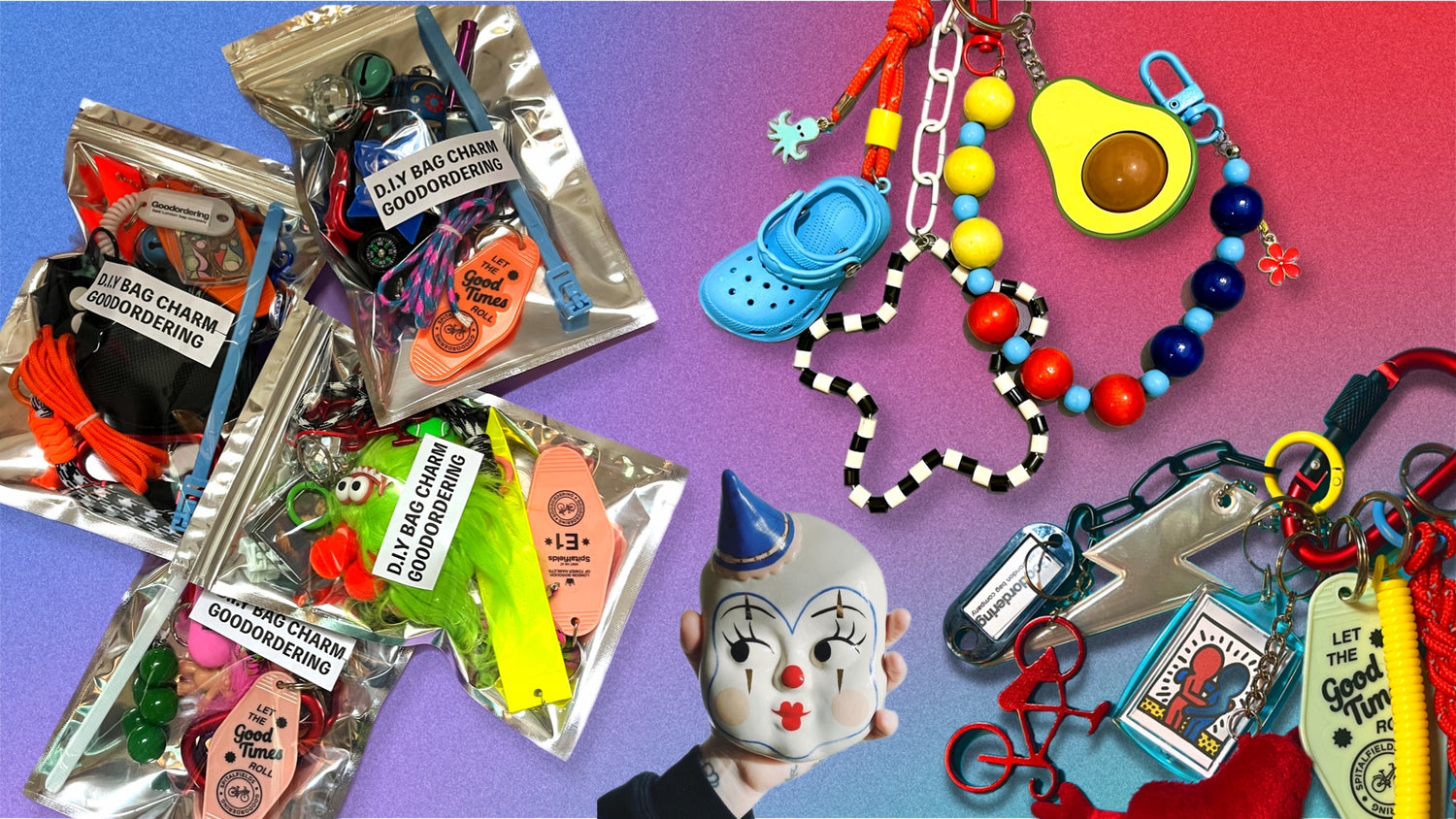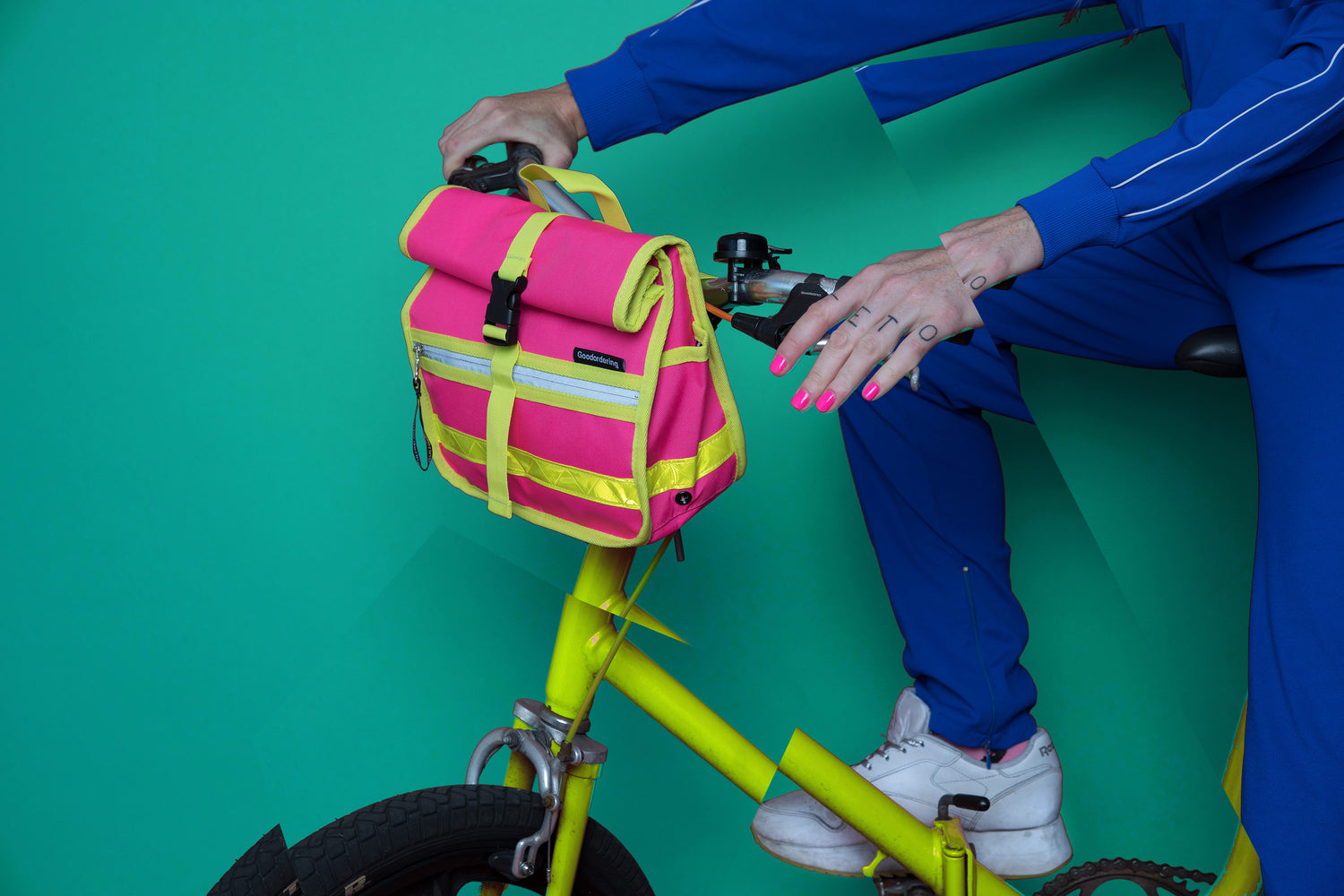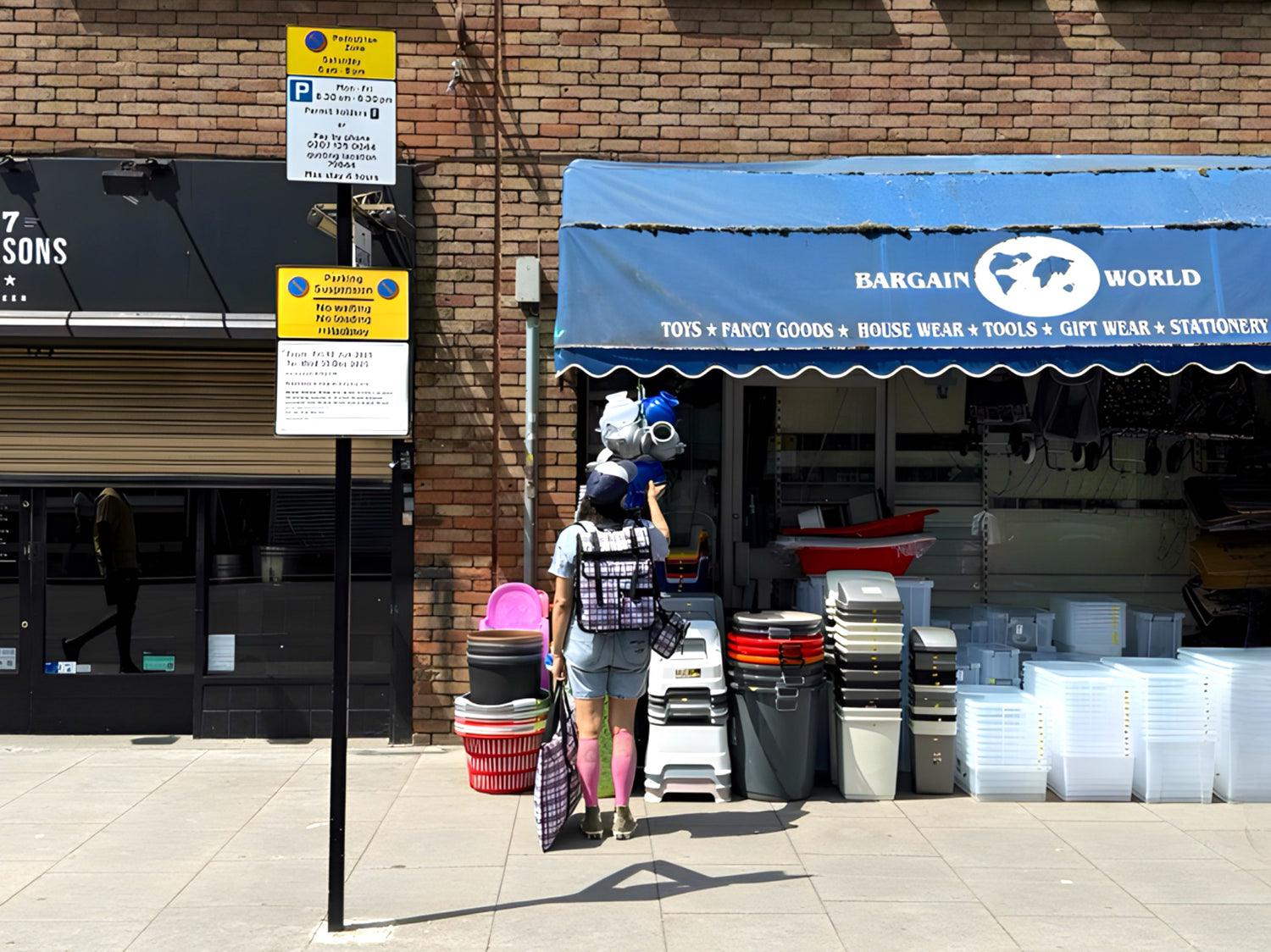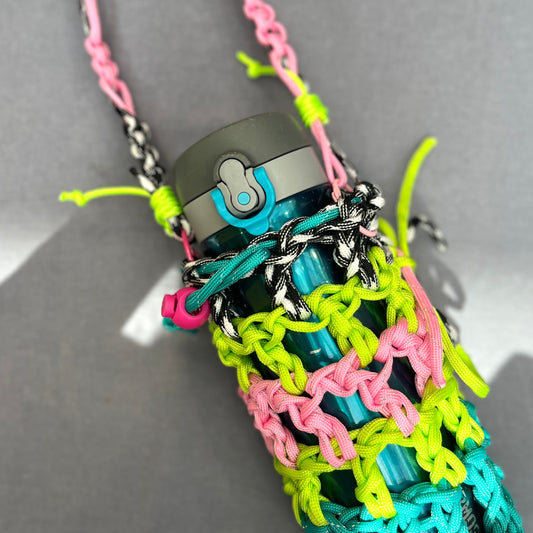
There’s something deeply human about the urge to collect. Whether it’s shells on the beach, baseball cards in a shoebox, or an entire room full of vinyl records, people have always been drawn to gathering and treasuring little pieces of the world. Collections tell stories—about what we value, what fascinates us, and sometimes even who we are.

Historically, collecting wasn’t just about fun; it was a sign of culture and curiosity. In the 16th and 17th centuries, wealthy Europeans created “cabinets of curiosity,” filled with exotic shells, fossils, maps, and even taxidermy animals.

These early collections were a mix of science, art, and bragging rights. Fast forward a few centuries, and we see collections becoming more accessible to everyday people. Stamps, coins, and postcards became popular hobbies in the 19th and 20th centuries, often sparking connections between collectors across the world.


But not all collections had to be fancy or expensive. Many kids in the 80s and 90s, for example, collected stickers, trading cards, or brightly colored erasers shaped like fruit, animals, or even miniature food. These items might not have had “serious” monetary value, but the joy of swapping with friends or displaying them in a binder was priceless. Anyone who ever had a sticker album knows the thrill of peeling and carefully placing a shiny holographic sticker—only to guard it like treasure from curious siblings.

Of course, not everything collected in the past has faded away. Typewriters, for example, are having a renaissance. Once a basic office tool, they’ve now become vintage collectibles, loved for their aesthetic charm and the tactile satisfaction of typing on real keys. Some people hunt down rare models from the early 1900s, while others just love the look of a classic typewriter sitting on a shelf.


Vinyl records have a similar story: once left behind in the CD era, they’re now treasured again for their warm, analog sound.

In today’s world, collecting has become both more personal and more global. Social media allows collectors to show off their finds and connect with others who share their passions. Stickers and erasers are still going strong (just check the booming market on Etsy or Instagram shops), but now we also see collections of Funko Pops, sneakers, enamel pins, and even digital collectibles like NFTs.

Above, Pokemon cards
Some of these items are worth big money, but often the true value lies in the fun of finding them, the community around them, and the memories tied to them.

What’s interesting is how collections reflect the times we live in. In a digital world, some people crave tangible objects—vinyl, paperbacks, handwritten letters. Others lean fully into digital treasures, valuing the rarity of something that exists only online. Either way, collecting is never just about the objects themselves. It’s about nostalgia, creativity, and the stories we attach to them.

Souvenir collections such as festival passes are much more about the memory of the event than the item’s value, a nylon pass contains within it priceless memories and echos of youthful adventures.

Conclusion
At the end of the day, whether you’re hunting for a rare coin, hoarding pastel erasers from childhood, or proudly displaying your sticker-covered laptop, collections are about joy. They remind us of moments in time, connect us with others, and give us a sense of belonging. Objects may come and go, but the human instinct to collect—well, that’s something timeless.
 A cup of tea shared with a friend or loved one is a fleeting activity that leaves little evidence, maybe collecting tea bags and writing who you shared that moment with in a notebook would be something worth recording.
A cup of tea shared with a friend or loved one is a fleeting activity that leaves little evidence, maybe collecting tea bags and writing who you shared that moment with in a notebook would be something worth recording.
Collections and trinkets packed with nostalgia are my biggest forms of inspiration for Goodordering, including collecting and curating bag charms and keyrings with items i remember from my childhood.












